HotSpots H2O: In Bahamas, Lack of Toilets and Safe Water Pose Disease Risk After Dorian
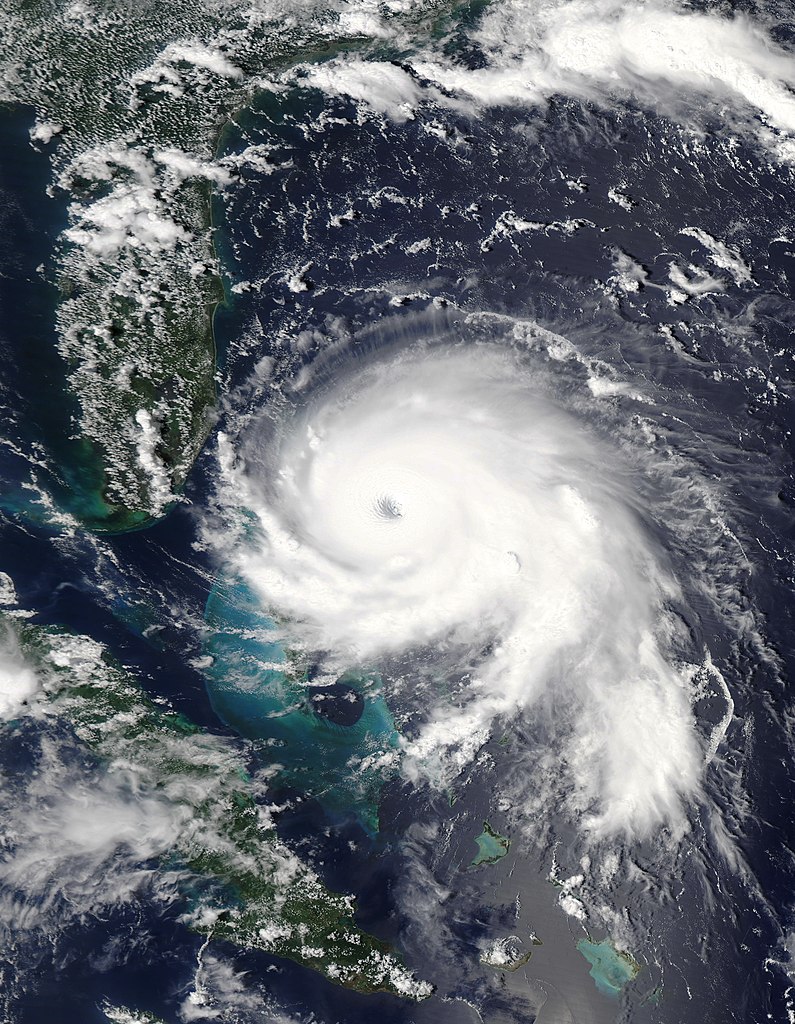
Hurricane Dorian. Photo courtesy of Wikimedia Commons.
The Bahamas are still reeling after Hurricane Dorian caused widespread destruction earlier this month. Many residents report a shortage of food and water, and health experts warn that the hardest-hit areas could face a health crisis.
Residents of the Abaco Islands, where Dorian made landfall on September 1 as a Category 5 storm, as well as those in Grand Bahama, the country’s second-most populated island, say essential supplies are running low.
“We have no food. No water. We’re abandoned here,” Shenelle Kemp, a resident of Grand Bahama, told The Guardian last week. Aid groups have been rushing to distribute food, water, water purification tablets, and medicine, but access to some areas of the islands is limited. Relief efforts were also slowed by Tropical Storm Humberto, which brought heavy rainfall over the weekend.
In total, Grand Bahama and the Abaco Islands may need up to 120,000 gallons of water delivered each day to meet demand.
Serge Simon, another resident of Grand Bahama, echoed the sentiment in an interview with the Associated Press. “It’s going to get crazy soon. There’s no food, no water. There are bodies in the water. People are going to start getting sick.”
The Bahamas Ministry of Health, along with the Pan American Health Organization, issued a statement clarifying that although corpses don’t pose “a significant risk of disease epidemics,” the floodwaters could increase the likelihood of waterborne and other communicable diseases. Initial damage assessments noted that an unknown number of groundwater wells were contaminated in the flood.
Health experts say that a lack of toilets and clean water pose the greatest health risks at this point. Standing water, which could ultimately become a breeding ground for mosquitoes, is also longer-term concern.
With these risks in mind, emergency responders and aid groups are prioritizing restoration of water and sanitation systems, along with the distribution of water, food, and medicine.
Dorian’s sustained wind speeds measured 185 miles per hour (295 kilometers per hour), the highest ever recorded at the time of a hurricane landfall. The storm then moved excruciatingly slow, hovering over the archipelago for two days.
The current death toll is 50, but the number is expected to rise as relief operations continue. More than 1,000 people are still missing.
Kayla Ritter is a recent graduate of Michigan State University, where she studied International Relations and Teaching English to Speakers of Other Languages. She is currently based in Manton, Michigan. Kayla enjoys running, writing, and traveling. Contact Kayla Ritter

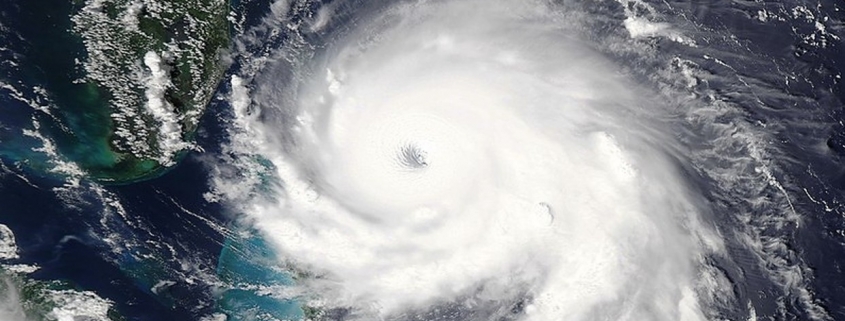

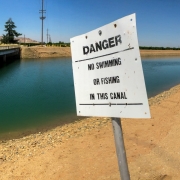
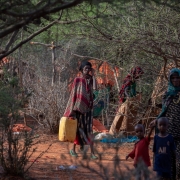
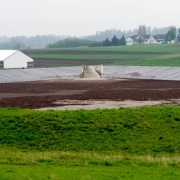
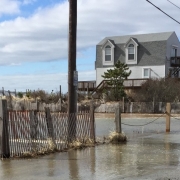

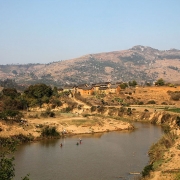


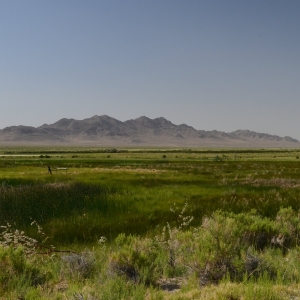

Leave a Reply
Want to join the discussion?Feel free to contribute!